Quick Response Codes (QR Codes) is 2D barcode used in various application areas like cashless payments, website logins, social media links, Wi-Fi access, e-learning, etc. It is an advanced version of the barcode that becomes so popular in different businesses and industries due to its fast readability and high data storage capacity as compared to standard barcodes. If you want to get more information about Quick Response codes then you can click here Read More.
However, when it comes to 2D barcode generation, you could encounter some problems and discover that your barcode is not properly scanned even though it has higher degrees of error tolerance. As a result, we've listed the most common QR Code problems along with their solutions.
Tips To Solve Common Problems Regarding QR Codes
Inverted Colors
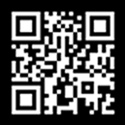
This is among the most common problems caused while designing QR Codes. Some people customize the Quick Response codes using inverted colors (background dark and foreground white) because they prefer style and design over effectiveness and productivity. These codes may appear attractive, but not scannable. An inverted 2D Barcode is strongly prohibited by a large number of barcode professionals.
Solution
- To fix this problem, always use dark color foreground over a light color background in a 2D barcode as it provides sufficient contrast.
- Light colors like yellow, light blue, lime, etc. are ideally avoided for the foreground as they can cause barcode scanning problems.
Inappropriate Size
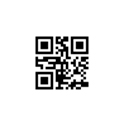
The size contributes a lot to the effective scanning of the QR code. The issue is that your barcode is either too little to be seen by anyone or too large to fit within the design. Improper design size prevents you from getting a perfectly scannable 2D barcode.
Solution
- The QR Code must be at least 2 x 2 cm (0.8 x 0.8 in). If the product is small or medium-sized. If the product’s size is larger, then the code should be scaled accordingly.
- Another technique to determine the right size of a Quick Response Code is by using the formula “distance from the scanner and the barcode divided by 10".
Blurry QR Codes
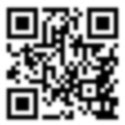
The blurry image you have used in your print materials is one of the reasons your QR code is not scanning correctly. These blurry barcode images may confuse the data decryption software used by barcode readers. So it is advised that always verify the printed QR Code first and then swap it out with a higher quality one if the scanning operation isn't perfectly smooth.
Solution
- It's essential to use the correct image file format to prevent the blurry output of the QR code. For better recognition and usage, a 2D barcode should always be printed with a clear and sharp display. JPG or PNG files are suitable for print media like newspapers and magazines.
- SVG or EPS formats preserve the image quality for large media like billboards and posters.
Broken Links
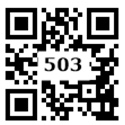
A broken link typically indicates that the website that linked doesn’t exist anymore or the URL may have been typed incorrectly. When a link is broken, you can encounter a number of automated warnings, including 404 not found, 503 services unavailable, HTTP error codes, 500 internal server errors, etc. In addition to being a technical error, it could prevent a user from scanning your QR codes again.
Solution
- To resolve this issue, test all the links to ensure that they all function properly before handling them to customers. Always use Dynamic QR codes, if you think you will need to update or edit your link in the future.
- The other benefit of these barcodes is that you can modify their type (like the video to the image) without changing the appearance.
Overloaded Content
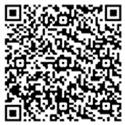
Sometimes, you may be unable to scan your QR code because it contains too much information. This becomes your barcode congested and complex in design. It especially happens in the case of Static QR codes. Whenever you add more information to it, then more pixels, rows, columns, etc. are added to it and the size of the corner elements and quiet zones also get reduced. This could make it difficult or impossible for barcode scanners to read your code.
Solution
- Always use dynamic QR codes to store the information instead of static ones to fix this issue. These barcodes keep the visuals clean and simple by storing all the data in a brief URL. This makes it easier for the scanners to read the information.
- The appearance of the dynamic QR code won't be affected by how much content you add to the website.
Poor QR Code Placement
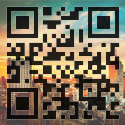
Incorrect placement of a QR code can make it more difficult for barcode scanners to read it accurately. Because of this, it also receives fewer or fewer scans from individuals. A high success rate can be achieved by placing the 2D barcode in the proper spot.
Solution
- Put the QR code where it won't be any folds or smudges. It should ideally be placed in flat areas where it may be read by scanners quickly.
- Make sure these codes are placed at users' eye level when using larger displays, such as billboards and posters.
- Avoid placing a Quick Response Code under a reflecting surface since the light reflection may disrupt the scanning process.
Over Customization
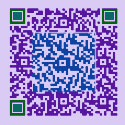
QR Codes can be made more attractive through customization. It involves including a logo, altering the color scheme, and including an image. But over customization may prevent the reader from recognizing the code during scanning. It contains terrible color schemes, illegible patterns, invalid shapes, and unreadable URLs.
Solution
- Avoid using any unnecessary elements in the Quick Response Codes. If you wish to add a lot of elements, use dynamic QR Codes instead, send all the information to a specific landing page and keep your barcode scannable as well as pleasant to both the human eye and the barcode scanner.